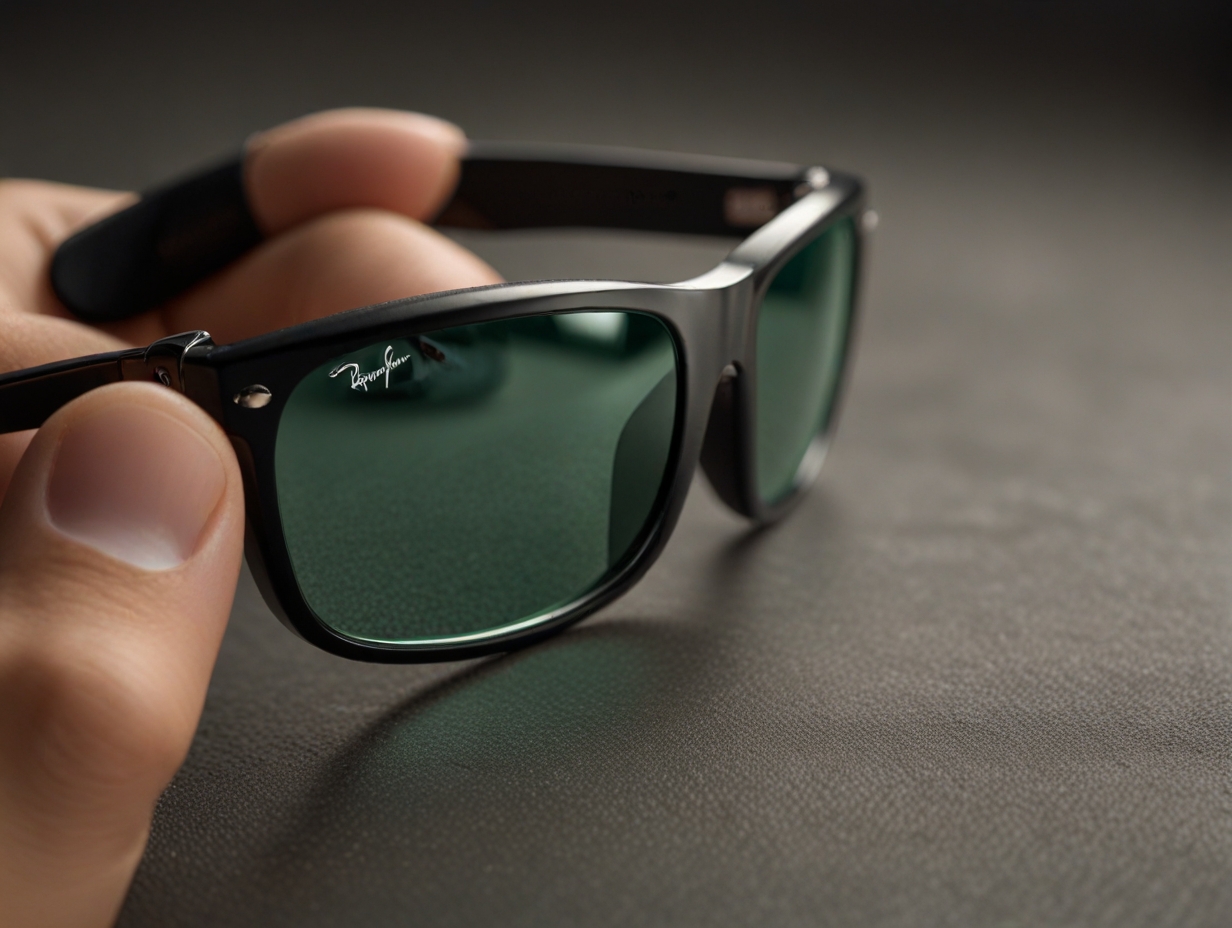Meta, which is Facebook’s new name, is testing out a new area within AI-supported smart glasses technology, already being introduced with the original, aiming to come up with a new standard for how smart wearables are operated and used. The amendment, which is anticipated to increase the VR glasses capability, will consequently facilitate the societal handbook tremendously and with a natural semblance.
Enhanced features and functionality
The latest version is dipping with a set of multi-functional features. There are comprehension abilities that can bring translation at the same time, and identify images of objects, animals, and infrastructures among many others. Users just need to say “Hey Meta” and then further their requirements or questions. The assistant provides its responses via the earbuds with inbuilt speakers that act as seamless interaction platforms.
The Meta revelation emphasizes the glasses’ unrestricted use of popular social media platforms: Facebook and Instagram, and the glasses’ ability to enable users to broadcast live directly from the glasses using Meta AI technology. The earphones come with better functionality and cameras and 150+ customizable facial and eyewear designs to improve the experience of lighter and more comfortable ones with the glasses on.
Improved user experience
At first, the reports stated that errors of object recognition occurred occasionally, and those were instances with zoo animals and exotic fruits. However, the upgrades that Meta is releasing now will have to do with the solution of such limitations, resulting in greater pleasure whilst using the service.
The open-source project, Llama 3, which is on its way, will provide narrower sizes for smartphones, mobile communication devices, and glasses-style equipment, such as Ray-ban ones. Pitted directly against competitors like Claude Haiku and Gemini Nano, and projected to outperform models such as Claude Opus and GPT-4, Llama 3 makes it to the top.
MetaAI, the digital concierge embedded in shades for the Ray-Ban glasses, is not exclusively dedicated to the showcasing of the brand. It can be applied to other applications as well. Meta plans to build on this foundation for future expansion, intending to incorporate it into other devices, including the Quest 3 VR headset. MetaAI has also started appearing on Instagram, WhatsApp, and Facebook; thus, users may establish a unified digital assistant soon.
Strategic vision and goals
When on stage at a recent London event, Meta’s chief AI scientist Yann Le Cun stressed the importance of interactions with artificial intelligence, saying that AI-driven smart glasses are his primary eyewear. Meta systematically plans to place MetaAI above the rest as the best globally usable assistant, which will be assisted by AI innovations that will bring in profound understanding and improved reasoning capacities.
Mettars accepts the new AI software update and enhances their smart Ray-Ban glasses to create a more effective and comprehensive product for users by improving the overall performance to an extended feature list. While AI will likely continue to advance, Meta, with its always massive presence, continues to shape our online interactions by introducing new and innovative products and strategic thinking. Meta’s recent announcement of a critical AI improvement for Ray-Ban eyeglasses opens doors for more features with better user experience and makes the smart glasses compatible with more gadgets while the company now holds the leading position in AI technology.
This article originally appeared in MetaNews





